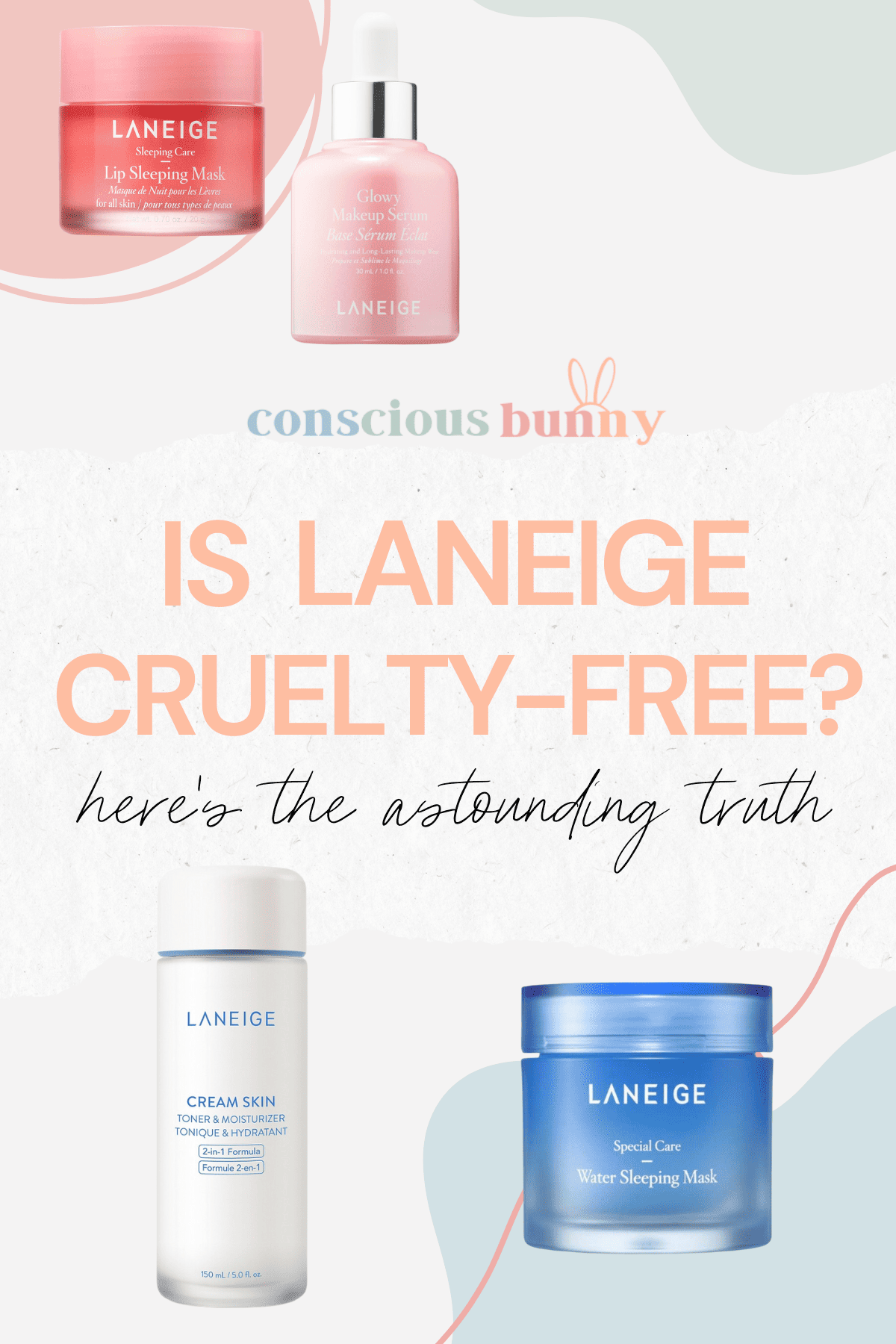Is Laneige Animal Cruelty-Free or Just K-Beauty Marketing?
In the vibrant world of K-beauty, where innovative formulations and enticing packaging are often paramount, consumers have become increasingly skeptical about the ethical implications behind the products they support. Among the myriad of brands emerging from South Korea, Laneige stands as a prominent contender famed for its hydrating solutions and skin-enhancing properties. Yet, an essential question looms over the brand’s reputation: Is Laneige genuinely committed to being animal cruelty-free, or is this simply a clever marketing ploy designed to attract a conscientious clientele?
To dissect this inquiry adequately, one must first explore the overarching definitions of animal cruelty and veganism in cosmetics. The term “cruelty-free” often signifies that a company does not conduct tests on animals, nor does it employ third-party entities to engage in such endeavors on its behalf. Additionally, it encompasses a pledge that the ingredients sourced for products are not tested on animals during their development processes. Conversely, the term “vegan” refers to the absence of animal-derived ingredients altogether, a subtle but important distinction in the realm of ethical beauty.
Laneige’s branding exudes a commitment to skin health and hydration. Its enticing marketing often celebrates its use of cutting-edge technologies and natural ingredients, luring consumers into a sensory experience. However, the question about its animal testing practices demands scrutiny. Laneige, like many K-beauty brands, is officially owned by Amorepacific, a conglomerate with a substantial market presence that has made strides in the cruelty-free arena. Yet, the real crux of the matter lies in understanding the potential pitfalls of this ownership nexus.
In the global market, countries like China maintain laws that often necessitate animal testing for cosmetics sold in the region. Despite efforts from brands to navigate around this requirement, many still find it impossible to avoid animal testing in order to penetrate significant markets. As consumers, it’s crucial to examine where Laneige products are available and recognize the implications of these distribution channels. Products available in Mainland China must comply with local regulations, which include animal testing. Thus, an inquiry into Laneige’s distribution strategy leads us to the conclusion that these practices may indirectly compromise its cruelty-free stance.
Moreover, Laneige presents a unique challenge in that the brand engages in sensitivity wokshops and initiatives that promote ethical conduct in its formulation processes. The brand has eloquently articulated its refusal to conduct animal testing, suggesting that it invests in alternative methodologies, such as in-vitro testing and sophisticated technologies that mimic biological processes. Such advancements afford the company a creative edge while ostensibly projecting a compassionate ethos. However, skepticism remains rife among advocates who posit that self-regulatory practices, while laudable, may not sufficiently eliminate the specter of animal testing.
Another dimension to consider relates to consumer accountability. The rising tide of ethical consumerism is compelling companies across all sectors to adopt more humane practices. Laneige, as a participant in this shifting paradigm, has made promises of sustainable sourcing, transparency, and community engagement. However, are these efforts merely a response to consumer demand for cruelty-free and eco-friendly products? Or is there a genuine philosophy embedded within the brand’s operational ethos? This dichotomy invites us to question the integrity of marketing narratives surrounding animal welfare in the beauty industry.
Furthermore, the exploration of the ingredients used in Laneige products also warrants critical analysis. A comprehensive understanding of cruelty-free is foundational for discerning consumers, as an ingredient can be free from animal testing yet sourced from animal by-products, undermining the vegan ethos. Laneige’s use of natural extracts from plants and meticulously sourced materials positions the brand as a leader in sustainable beauty; however, consumers must remain vigilant and proactive in seeking ingredient transparency. Familiarity with rooftop greens and the science of efficacy can yield insights into whether Laneige is genuinely committed to enforcing cruelty-free practices.
In light of these considerations, it is clear that the question of Laneige’s cruelty-free status is not black and white. Instead, it exists within a nuanced landscape where ethical marketing strategies, consumer awareness, and corporate practices converge. Laneige, while outwardly conveying an image of compassion and ethical consumerism, is embedded within the complexities of global beauty standards, eager to cater to a market that demands both innovation and accountability.
So, is Laneige truly cruelty-free, or is this simply a facade woven from the fabric of K-beauty marketing? As consumers, it is imperative to remain inquisitive and intentional in our choices while demanding greater veracity and integrity from brands. The realm of beauty is evolving; those who stand poised at the intersection of innovation and compassion will inevitably lead the charge towards a more humane future. However, it is incumbent upon the discerning consumer to peel back the layers of marketing and demand transparency, ensuring that the industry evolves not just in formulation and technology, but also in ethical responsibility.
Thus, the commitment to animal welfare will fundamentally reshape the beauty landscape—an invaluable perspective to champion. After all, a commitment to beauty that does not inflict suffering is not merely a marketing strategy; it is a reflection of our values. The choice to support brands that respect and protect animal life is paramount as we collectively navigate the delicate balance between beauty and ethics.








